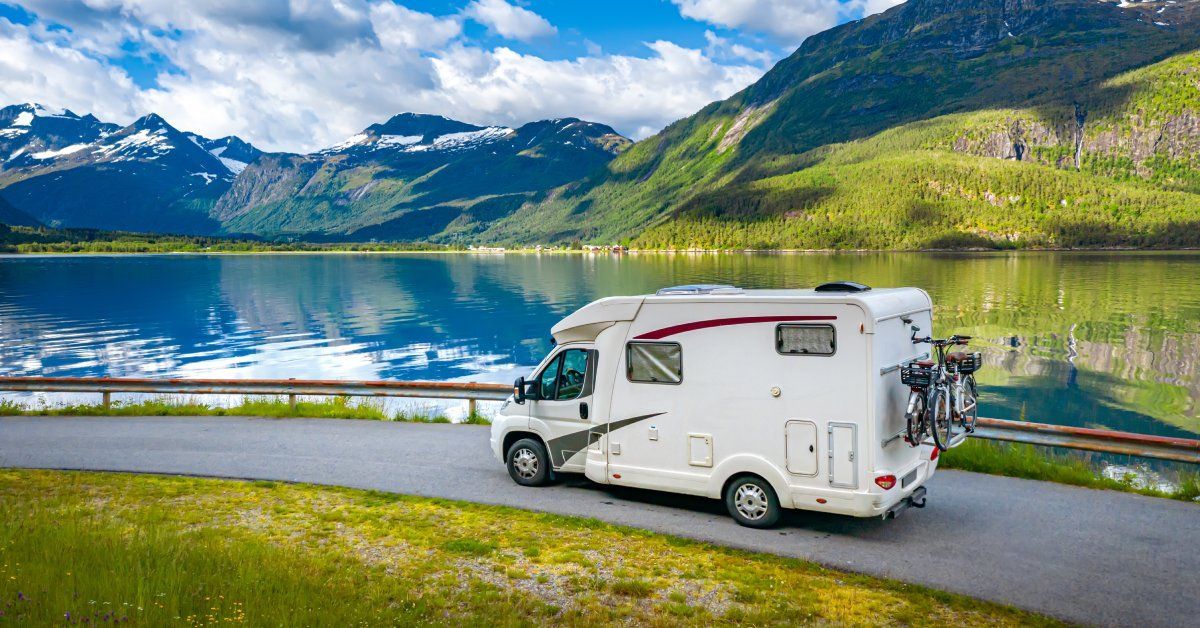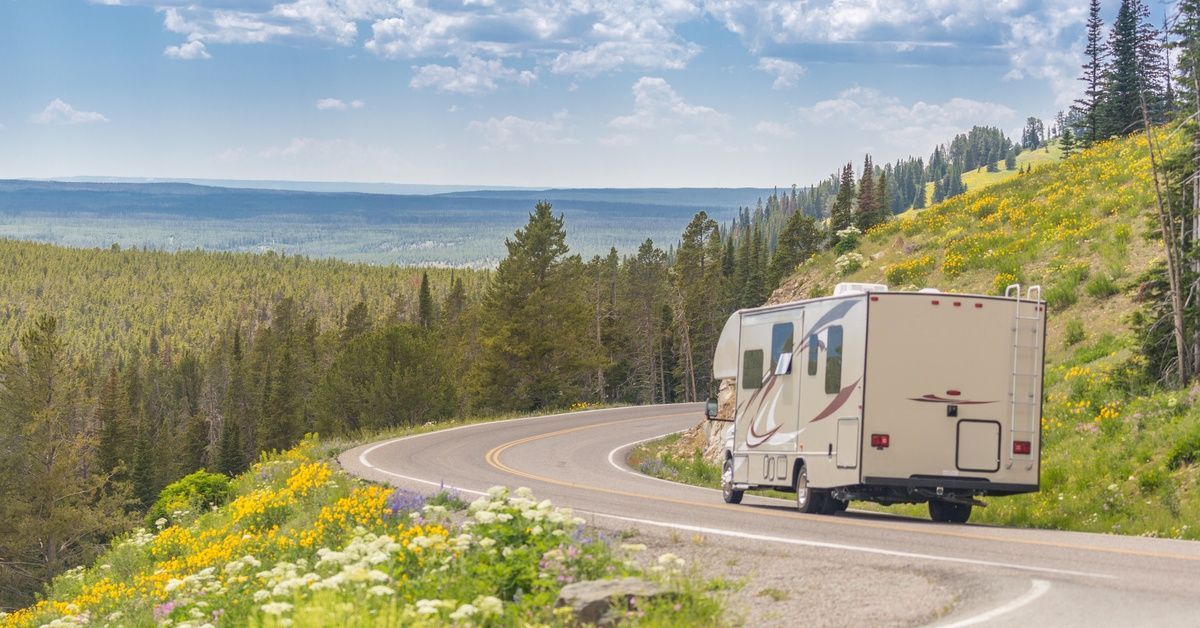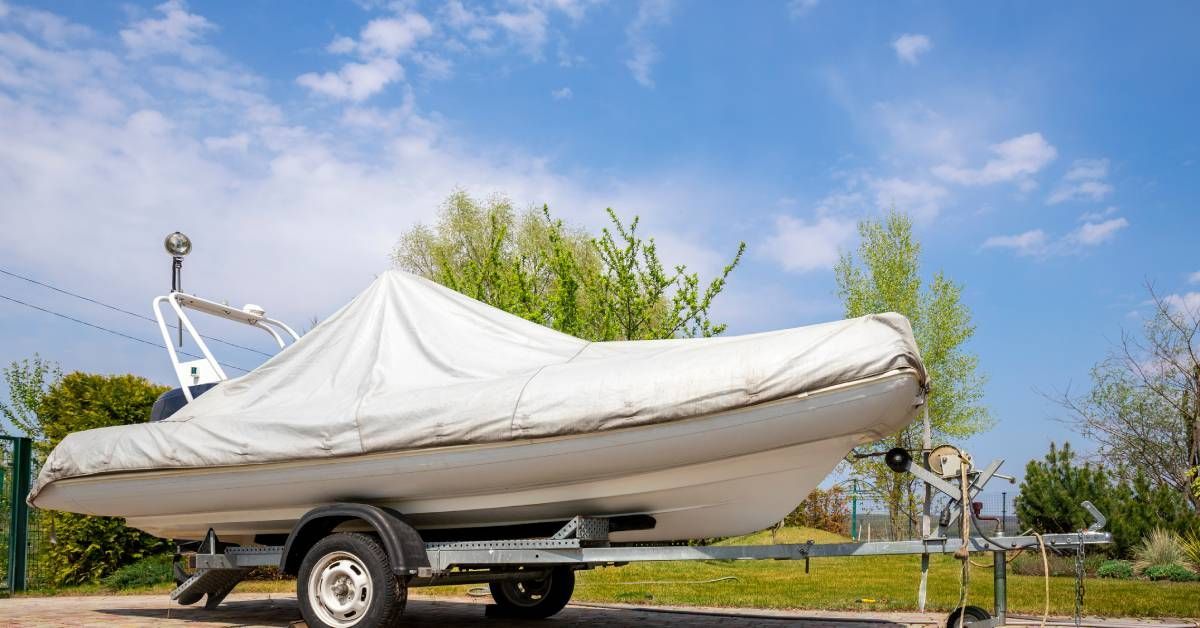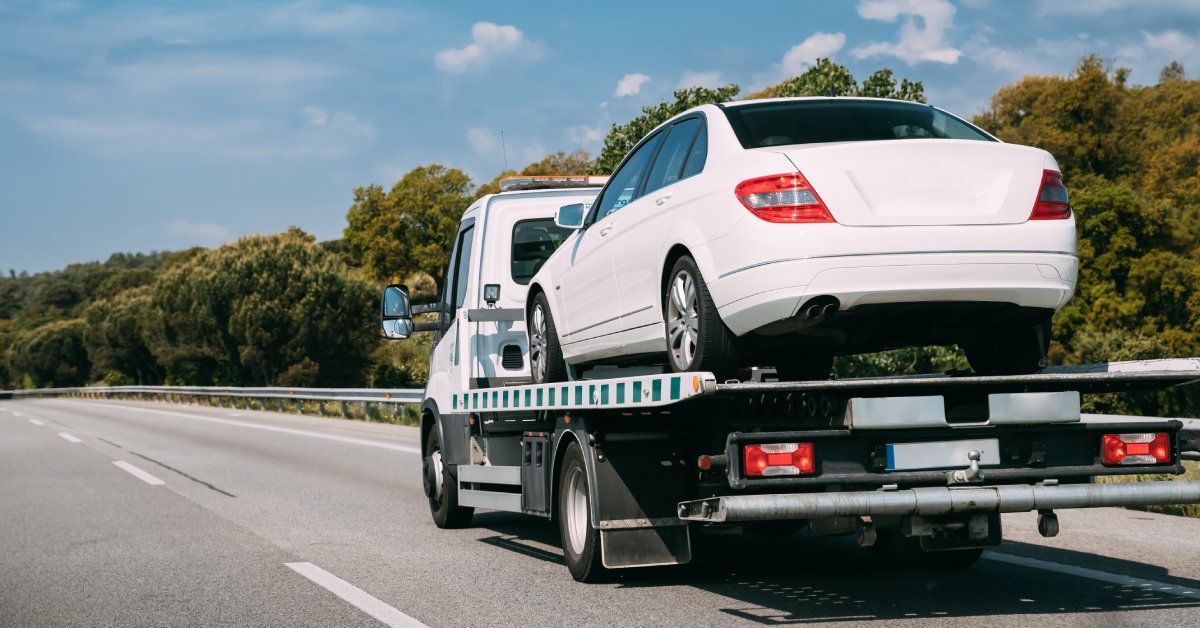7 Tips for Getting a Camper Ready for Transportation
Preparing your camper for transportation might seem straightforward, but the process requires careful attention to detail. A camper is more than just a vehicle; it’s your ultimate travel companion and sometimes even your home away from home. When you properly prepare it to be transported, you protect your valuable investment and guarantee a safe, hassle-free experience. Let’s explore the practical tips for getting a camper ready for transportation .
Start With a Tire and Wheel Inspection
Your tires and wheels serve as the backbone of your camper during transportation, placing them at the top of your preparation checklist. Start by checking each tire for wear and tear. Look out for cracks, bulges, or uneven tread wear, as these can compromise the tires' performance. Ensuring that the tires’ pressure matches the manufacturer’s recommendations is equally important since underinflated or overinflated tires create unnecessary risks during transport.
Next, verify the wheel lug nuts are properly tightened. Loose or over-tightened lug nuts could result in serious issues on the road. If your camper has a spare tire, make sure it’s in good condition and properly inflated. While this might seem like a small detail, a ready-to-go spare can save significant time and trouble in case of an emergency.
Ensure Doors and Windows Are Secure
One common oversight when transporting a camper is not double-checking its doors and windows. Securely close doors and windows before moving your camper. Open or poorly secured doors and windows can swing open during transport, potentially causing significant damage to your camper or surrounding vehicles.
Take a moment to lock all windows and doors, including the smaller compartments and external storage areas. Close roof vents and seal them firmly to prevent water or debris from entering. For additional security, consider reinforcing your doors and windows with temporary latches or adhesive tape to keep everything in place throughout the entire transportation journey.
Disconnect and Secure Utilities
You should properly disconnect your camper’s utilities, such as gas, electricity, and water connections, before transportation. Leaving them connected can lead to leaks, damage, or dangerous situations during the move. Start by turning off the main propane line and checking for any gas leaks. Remove or secure portable propane tanks in a stable position to avoid them moving during transport.
Disconnect all electrical connections and secure all cables to prevent them from dragging or getting tangled. Similarly, turn off and completely drain the water system. This step protects your camper from unwanted water leakage and prevents freezing in colder temperatures. Once disconnected, appropriately store and lock utilities before you proceed.

Protect Interior Items
The inside of your camper is just as important as the outside when preparing for transportation. Failing to secure the interior can lead to damage during movement. Start by removing smaller, fragile items such as dishes, glassware, and appliances. Wrap breakable items in protective material or store them in bins to prevent breakage.
Next, secure larger items, such as furniture, shelving, or loose seating, that might shift during the transport. Use straps, ropes, or bungee cords to keep them in place. Don’t forget to secure built-in items, like drawers and cabinet doors, with latches or locks to ensure they don’t unexpectedly swing open. A quick interior walk-through helps identify any overlooked items that could potentially move and cause damage.
Check and Maintain Fluid Levels
Although it might seem minor, fluid levels play a key role in maintaining the functionality of your camper during transportation. Begin by inspecting the essential fluids, such as engine oil, transmission fluid, brake fluid, and coolant. Topping them off to the appropriate levels ensures your camper operates smoothly and minimizes wear during its travel.
Even if a hauling service moves your camper, this step is still crucial for starting the camper upon arrival. Avoid neglecting fuel levels, as adequate fuel will make it easier to power the camper once it reaches its destination. Properly maintained fluids also reduce the likelihood of leaks, keeping both the camper and the transportation vehicle clean and safe.
Test Lights and Signals
Lights and signals are pivotal when transporting the camper. Properly working headlights, brake lights, turn signals, and hazard lights are necessary for safety, especially during transportation at night or in low-visibility conditions. Be sure to test all exterior lights before transportation day.
If you notice any lights that are dim, flickering, or not working at all, replace the bulb or address any wiring issues to ensure they’re back in proper working order. Most professional transportation companies will check your exterior lights during their inspection, so having any issues resolved ahead of time prevents delays. You can also test interior lights to ensure they work as intended, even if they won’t play a crucial role during transportation.

Perform a Final Inspection
After completing all the necessary steps, give yourself time for a final camper inspection. This step is critical for spotting anything you might have missed during your preparations. Document your camper’s exterior condition thoroughly using detailed photographs or videos. This documentation provides valuable evidence should any disputes arise about damage during transportation.
Lower or remove all accessories, such as antennas or external attachments, to avoid damage. Don’t forget the camper's hitch and towing components, ensuring they are secure and in optimal condition. Performing this final check gives you peace of mind on transportation day and ensures you leave nothing to chance.
Benefits of Using a Professional Transport Company
For many camper owners, entrusting the transportation process to a professional transport company can feel like a game-changer. Professionals bring years of expertise along with equipment specifically designed to handle your camper safely.
They’ll likely conduct their own thorough inspection before transport, addressing aspects like weight distribution and secure fastening. While slightly more expensive than a DIY approach, the convenience of reducing your own workload and minimizing risk makes it a smart investment. Professional services are especially worth considering if your destination involves long-distance travel or you’re on a tighter schedule.
Transport Your Camper Confidently
With these practical tips for getting a camper ready for transportation , you’ll significantly reduce potential risks and enjoy a smoother process. If you want to set the stage for a trouble-free trip, Coast to Coast Transportation offers professional transport services.
We’re dedicated to safely moving your camper in an efficient manner. Our transportation experts will handle the moving process from start to finish, allowing you to focus on your next adventure once your camper reaches its final destination. Contact us for a quick quote today!










